
Fossil tooth of the extinct “megatooth shark”, Carcharodon megalodon (left) & a tooth from the living great white shark (right).
Photo: Specimen from the National Paleontological Collections, GNS Science, Lower Hutt. Photograph Marianna Terezow, GNS Science
Preserving biodiversity is one of the key challenges of our time, so it's good to know that New Zealand has a unique global advantage. We are the only country in the world with a complete 100% fossil record.
This unrivalled database of New Zealand taxonomy and that of its surrounding area (including Antarctica), started out as a paper based archive in the 1940s.
Professor of Geology, James Crampton, says the Fossil Record Files are essentially a whakapapa of our biological history, allowing us to ask and answer questions about our flora and fauna that no else on the planet can do.
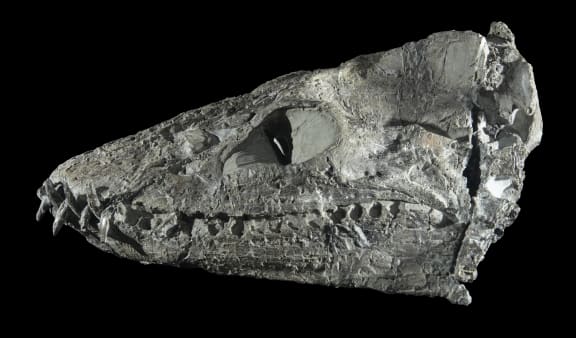

Skull of the elasmosaur Tuarangisaurus keyesi, a long-necked marine reptile about eight metres long that lived about 80 million years ago, at the same time as the dinosaurs. This specimen comes from the ranges of inland Hawkes Bay. Specimen from the National Paleontological Collections, GNS Science. Photo: Marianna Terezow.

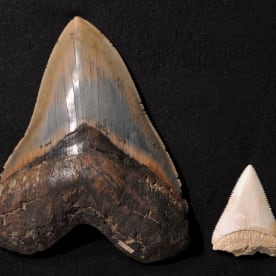
Fossil tooth of the extinct “megatooth shark”. Carcharodon megalodon (left) and, for comparison, a tooth from the living great white shark (right). The megatooth shark was perhaps 25 times the weight of the great white shark. This fossil is between 5 and 10 million years old and is from the Westport area. Specimen from the National Paleontological Collections, GNS Science, Lower Hutt. Photo: Marianna Terezow.

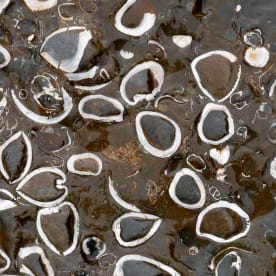
Cross-sections of 10 million-year-old fossil clams in the worn surface of a boulder, Putangirua Stream, Wairarapa; the field of view is about 50 cm wide. Photo: James Crampton.
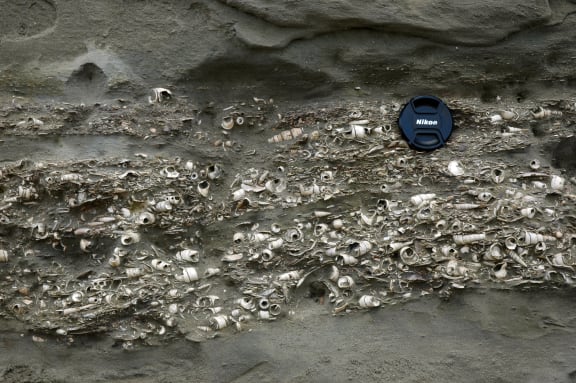

A fossil shellbed in the White Rock River, Canterbury. The layer is full of fossil marine snails and clams that are about 18 million years old; they lived at a time when the world was much warmer than today. Photo: James Crampton.
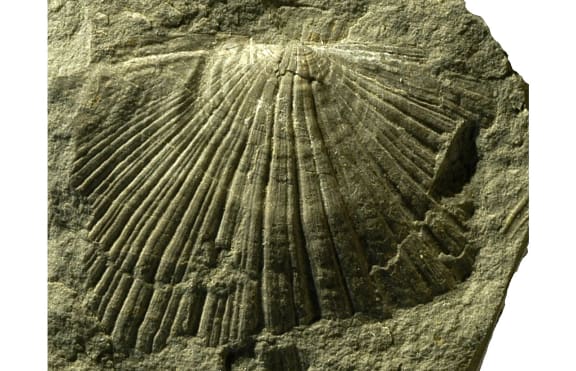

200 million-year-old scallop-like clam from the coast of Southland. This animal lived in shallow seas on the coast of the ancient supercontinent Gondwana, long before the sliver that is now New Zealand separated off and drifted into the South Pacific. Credit: specimen in the National Paleontological Collections, GNS Science, Lower Hutt. Photo James Crampton.












